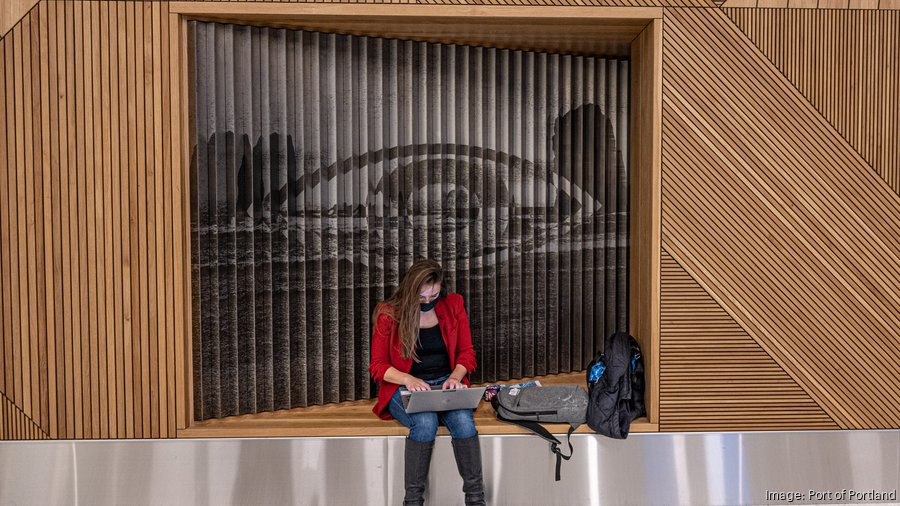Listen to this article 4 min
Unlike some other recently proposed airline mergers, there is relatively little route overlap between Alaska Airlines and Hawaiian Airlines.
But there are a few routes currently being served by both airlines that plan to join forces in a nearly $2 billion deal.
On Sunday, Alaska Air Group Inc. (NYSE: ALK) announced plans to acquire Hawaiian Holdings Inc. (NASDAQ: HA) in a deal valued at approximately $1.9 billion.
The deal could have an outsized impact on Portland International Airport, at which Alaska is the largest carrier.
According to data from Cirium Inc., Hawaiian was already the largest carrier between the Continental U.S. and Hawaii. If the combined airlines keep the same amount of existing service they currently offer, they would operate about 40% of the seats on the routes.
Hawaiian currently accounts for approximately 24% of the seats between the Continental U.S. and Hawaii, while Alaska controls about 15%. United Airlines serves 22% of the market, for comparison.
But Cirium data shows Alaska Airlines and Hawaiian only offer overlapping service to six cities on the mainland: Los Angeles, San Diego, San Jose, San Francisco, Seattle and Portland.
That's substantially less overlap than the proposed Spirit-Frontier merger that was eventually withdrawn and the proposed JetBlue-Spirit deal that is being contested by the Department of Justice and has closing arguments this week.
Alaska Airlines and Hawaiian have said they will maintain their existing service after the deal.
As with any airline merger, any potential impact on fares will be closely watched. According to Cirium, both carriers currently offer one-way fares to Hawaii that are lower than the national average of $321. In September, Alaska's average was $294 and Hawaiian's was $292.
Industry watchers say cities served by only one of the airlines are likely to see minimal or no impact from the Alaska-Hawaiian deal in the short term.
But there could be future opportunities in the way of greater connectivity.
“When two companies merge, there often are opportunities that now become possible which weren’t prior to the merger," Mike Walden economist and professor emeritus at North Carolina State University, told the Triangle Business Journal
The airlines said Honolulu will become a key Alaska Airlines hub while also allowing greater international connectivity for West Coast travelers to the Asia-Pacific region.
Hawaiian currently offers international service to numerous cities in Asia.
Meanwhile, Alaska Airlines has been expanding its international connectivity through recent partnerships, including codeshare agreements with German operator Condor Airlines and an interline agreement with Air India.
Alaska Airlines and its regional partners serve more than 120 destinations across the United States, Belize, Canada, Costa Rica and Mexico. It's also launching service to the Bahamas and Guatemala this month.
Alaska-Hawaiian merger details
The deal has been approved by the boards of both airlines, but Hawaiian holdings shareholders must still vote to approve it. It also requires regulatory approval.
As part of the deal, Alaska Airlines will pay $18 per share in cash for Hawaiian's stock. The deal also includes Hawaiian's net debt of $900 million.
Both brands will be maintained while operations and networks will be combined if the deal is finalized.
The deal has been in the works for a while.
"This process for us — before I even had my first conversation with Peter — began many, many months ago, early in 2023," said Alaska Airlines CEO Ben Minicucci, who will lead the combined airline.
Airline leaders said the companies have complementary route networks and the deal will allow investments in technology and passenger experience.
